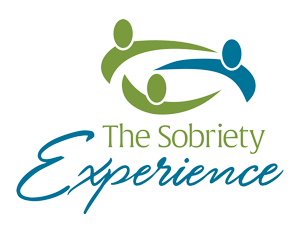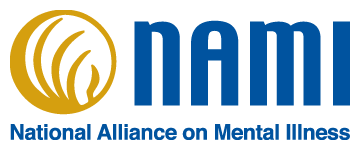Those suffering from addiction can benefit from treatment at drug rehab then transition to a sober living home to further their recovery and sobriety success.
While a client is enrolled in an inpatient substance abuse program, the staff to client ratio is much smaller. Drug rehab facilities need to be licensed by DCF (Department of Children and Family Services), JACHO (Joint Commission), and/or CARF (Commission on Accreditation for Addiction and Recovery Facilities). When these facilities have this credentialing, the drug rehab is audited without much notice. This forces staff to remain compliant in their daily charts. It holds the facility to a much higher standard.
Inpatient drug rehabs provide for individual therapy 1-3 times per week by a licensed mental health professional. Additionally, they offer in-person family programs (or phone conferences if attending is not feasible), relapse prevention groups, spirituality, acupuncture, anger management, emotional regulation, CBT (Cognitive Behavioral Therapy) and DBT (Dialectical Behavioral Therapy). Additionally, clients most often have exercise included in their treatment to teach a healthier lifestyle. Drug rehabs make all groups mandatory. From my perspective, the most important daily group is a process group. This is a smaller group, with only the clients on that particular therapists’ roster. Some programs also use EMDR (Eye Movement Rapid Desensitization), hypnotherapy and other trauma-informed groups.
Sober living homes do NOT require any type of state licensure. Some states, such as California, have the Sober Living Coalition and Florida is striving to make all sober living homes FARR (Florida Alcohol/Drug Research Registry) accredited. Both hold sober living homes to a certain standard. Other states have yet to catch up.
It is illegal to run therapy of any sort at sober living homes. They do have the right to run 12-step meetings, house meetings and life skills groups.
Most people who agree to go to treatment would benefit from inpatient programs first. When people first get sober, their emotions surface and they are labile. Not having healthy skills for emotional regulation is often a trigger for relapse.
Inpatient drug programs allow staff to keep eyes on clients whereas sober living has little or no structure. Clients in sober living are expected to complete resumes and fill out job applications without help.
You should ask yourself what is best suited for your loved one. Do not ask what he/she wants to do. For sure, there is an advantage to have limited distractions in order to focus on themselves in early recovery.
Above mentioned are some of the differences between drug rehabs and sober living homes. They both serve an important need in the community. Numerous articles on addiction prove that 30-90 day inpatient drug rehab programs followed by transitioning to a sober living home provide the best long-term outcome for sobriety.
To learn what is best for you or your loved one in terms of drug rehab and/or sober living homes, please contact Sobriety Experience at 480-744-0095.
The Sobriety Experience is a leading option for effective and affordable sober living and addiction recovery housing in and around the Scottsdale and Phoenix, Arizona Valley → 480-744-0095
WE ACCEPT ALL MAJOR CREDIT & DEBIT CARDS
![]()
EMAIL US NOW...




